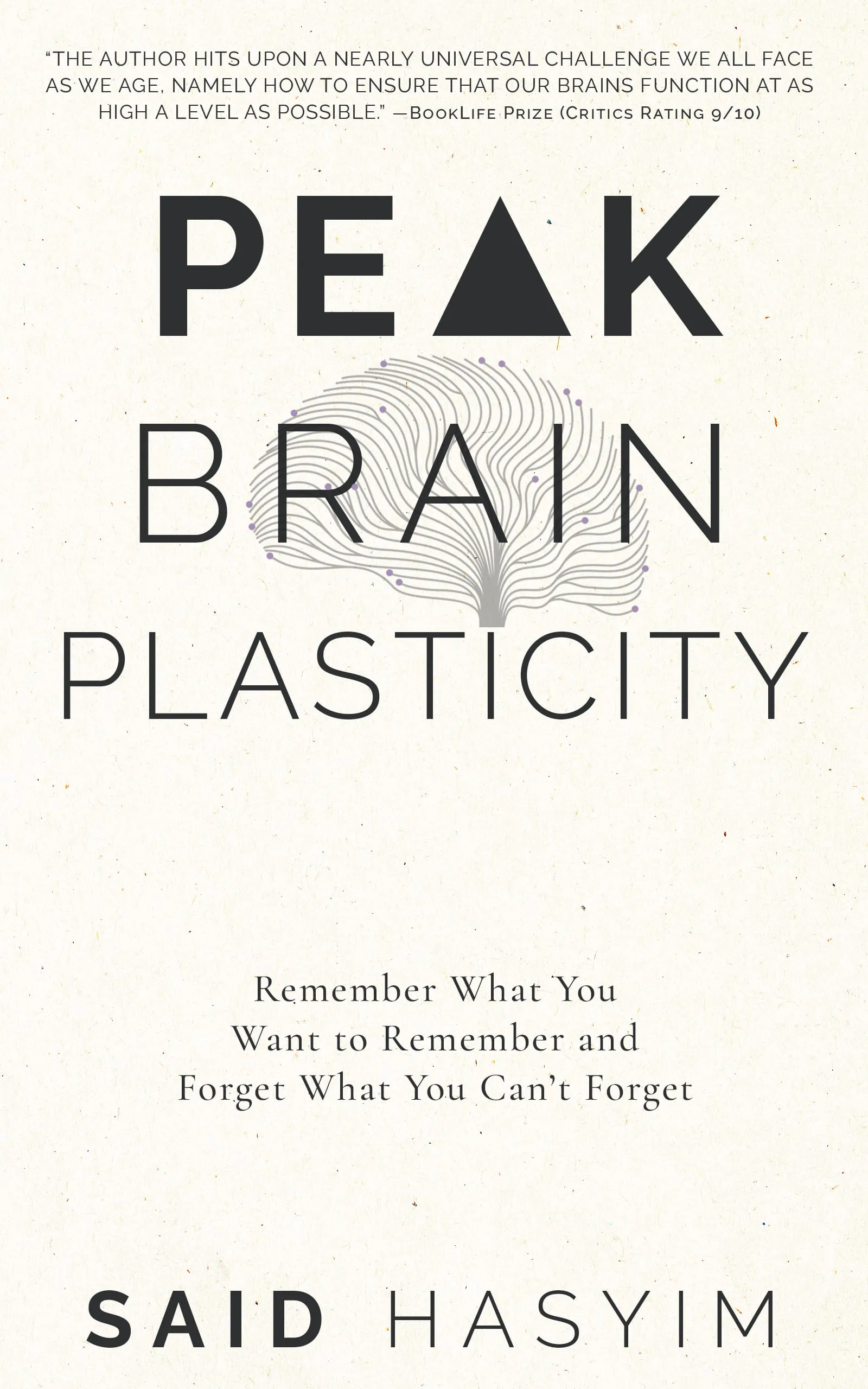Exploring Memory in the Context of Trauma
Memory is a fascinating and complex aspect of human experience that profoundly shapes our identities and how we interact with the world. When we discuss memory, we often think about its function in everyday life, such as recalling a friend’s birthday, remembering a favorite recipe, or reflecting on significant life events. However, memory takes on a more intricate and often painful dimension in the context of trauma. The ways in which traumatic experiences impact memory can have lasting effects on individuals, influencing their mental health, relationships, and overall well-being.
Understanding Trauma
Trauma can be defined as a response to an event or series of events that overwhelms an individual’s ability to cope. This may include experiences such as natural disasters, accidents, violence, war, or loss. What makes an event traumatic varies from person to person; largely dependent on individual resilience, support systems, and previous experiences.
When someone experiences trauma, the brain's immediate response involves activation of the amygdala, the part of the brain associated with processing emotions. In contrast, the prefrontal cortex, which is responsible for rational thought and memory formation, may become less active. This can result in fragmented and distorted memories, as the brain prioritizes survival over the coherent recording of memory.
Types of Memory Affected by Trauma
Traumatic experiences can influence different types of memory in various ways:
1. Explicit vs. Implicit Memory
Explicit Memory: This type of memory involves the conscious recall of facts and events, including autobiographical memories. Trauma can inhibit the formation and retrieval of explicit memories. Individuals may find it difficult to discuss the specifics of the event, leading to gaps in their narrative about what happened.
Implicit Memory: In contrast, implicit memory refers to unconscious influences that affect behavior and thoughts. Trauma can leave behind strong implicit memories, which can manifest through triggers, emotional responses, or physical reactions. For example, a person may feel anxious in a similar context or location without understanding why, as it relates to the unprocessed aspects of their traumatic experience.
2. Flashbacks and Intrusive Memories
Trauma can lead to flashbacks—intensely vivid experiences where individuals feel as if they are reliving the event. Flashbacks can be triggered by environmental cues reminiscent of the trauma, leading to profound distress. Intrusive memories, on the other hand, are unwanted thoughts about the traumatic event that can occur at any time, making the individual feel as if the trauma is ever-present.
3. Dissociation and Memory Gaps
For some individuals, the mind may employ dissociation as a coping mechanism during or after a traumatic event. Dissociation can lead to memory gaps where individuals find it challenging to recall the traumatic event itself or certain aspects of it. This fragmentation can serve as a protective response, allowing individuals to distance themselves from the emotional pain associated with the trauma.
The Role of Narrative in Memory Reconstruction
One way people can begin to process and integrate their traumatic experiences is through storytelling and narrative therapy. By creating a coherent narrative about their trauma, individuals can gain a sense of control and agency over their experiences. This process encourages them to re-examine memories, recognize patterns, and contextualize their feelings.
When trauma survivors articulate their stories, they are not just recounting events; they are actively reconstructing their memory. This can help to clarify fragmented aspects of their experiences and address feelings of powerlessness. As narratives unfold, individuals may discover strengths they didn’t realize they possessed and promote healing through connection—sharing their stories with others can foster a sense of community and understanding.
The Promise of Therapeutic Interventions
Various therapeutic approaches aim to assist individuals in healing from trauma and addressing its impacts on memory. These may include:
Cognitive Behavioral Therapy (CBT): Helps individuals understand the connection between their thoughts, feelings, and behaviors. CBT can guide trauma survivors in reframing their memories and reducing the distress associated with intrusive thoughts.
Eye Movement Desensitization and Reprocessing (EMDR): A specialized therapy that helps people process traumatic memories by utilizing bilateral stimulation (often through eye movements). This approach aims to alleviate the emotional distress associated with difficult memories.
Mindfulness and Grounding Techniques: Encouraging individuals to stay present and connected to their physical experiences can help manage flashbacks and intrusive memories. Practices such as meditation, deep breathing, and sensory grounding exercises can foster mindfulness, which aids in reducing anxiety linked to trauma.
Conclusion
The interface between memory and trauma is a complex landscape marked by profound emotional and psychological ramifications. Understanding the intricacies of how trauma affects memory is crucial for both individuals seeking healing and those who support them. By fostering awareness of these phenomena and engaging in therapeutic interventions, individuals can work towards reconstructing their narratives and reclaiming their lives.
Exploring memory in the context of trauma ultimately speaks to the resilience of the human spirit—the capacity for growth, healing, and transformation in the aftermath of suffering. In sharing these stories and understanding the nuances of memory, we can pave the way for deeper empathy, support, and connection, emphasizing that, while trauma may alter our memories, it does not define who we are or dictate our futures.
This post highlights the complexities of memory in the aftermath of trauma and aims to create a dialogue about understanding and healing in both personal and communal contexts.
Harness the Power of Neuroplasticity
Discover Peak Brain Plasticity, a practical book to harnessing neuroplasticity. Enhance your memory, learn new languages quickly, and alleviate anxiety with effective study methods. Uncover daily habits that impact cognitive health and explore techniques for accelerated learning and memory retention. Unlock your brain's potential for growth and transformation.
